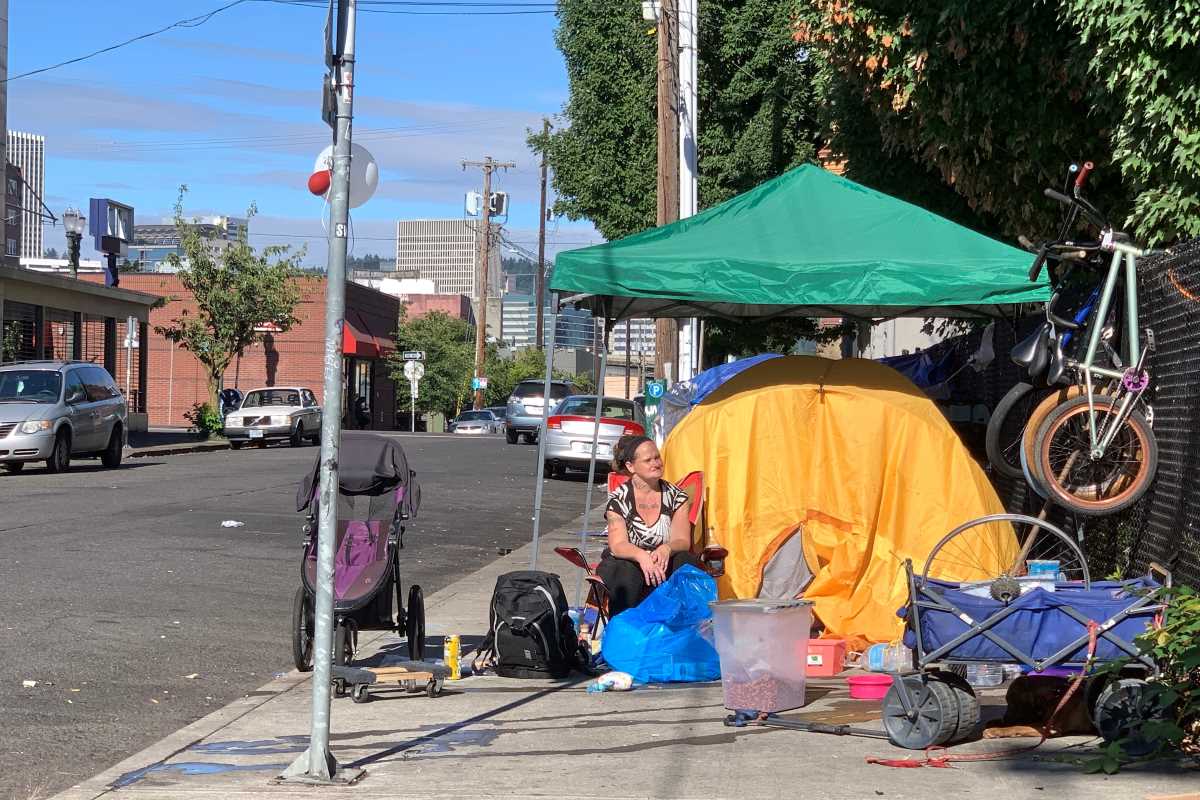A study by the Urban Institute (UI) found that achieving functional zero for veteran homelessness can provide broad social benefits.
Functional zero is a standard that a community achieves when it measurably ends either chronic or veteran homelessness. To achieve the standard, a community must prove that it has fewer people experiencing homelessness than the number of people it can provide housing and other services to over a six-month period.
UI’s study found that the standard significantly reduces the individual impacts of homelessness for people in the target group. It also provides more extended stays in housing and more access to programs or services for people outside of the target group.
At the same time, the study found that achieving functional zero can positively impact a community’s economy and improve the overall efficiency of its crisis response system.
Community organizations that were interviewed as part of the study said that the two biggest drivers of success were:
- A switch to a housing-first solutions model
- The establishment of a coordinated entry system to connect individuals with services
“Using lessons learned, and consistent with the Built for Zero approach, the homelessness response systems could pivot the foundations and partnerships they built to get to functional zero for one target population, as well as their record of success, to lobby for more resources to end homelessness for other populations,” the study concludes.
“Community stakeholders also noted their ability to face the unexpected needs of the COVID-19 pandemic and housing crises more effectively because the homelessness response system was serving fewer people and because of the strong systems infrastructure and partnerships they had created to achieve functional zero,” it continues.
According to Community Solutions, a national nonprofit that operates the Built for Zero campaign, there are 89 communities participating. Of those participants, 12 communities have functionally ended veteran homelessness. Another five communities have ended chronic homelessness as well.
Only three communities have achieved functional zero for both veteran and chronic homelessness. They are:
- Rockford, IL
- Bergen County, NJ
- Abilene, TX
While achieving functional zero provides several measurable benefits for people experiencing homelessness, the study says the community-wide impacts remain relatively unstudied.
To that end, the study used community responder testimony and administrative data to assess how achieving functional zero impacted other community-level operations.
“To a marginal extent,” the study says communities who achieve functional zero could see “decreases in demand on other community systems” such as shelters, food kitchens, and law enforcement.
The study also found that the local economies of communities that achieve functional zero can also get a boost. According to the study, these benefits include “improvements to public spaces and business areas, which reportedly resulted in increased revenue for local businesses.”
However, the study cautions that functional zero is not a one-size-fits-all solution to homelessness. Instead, it should be treated as one tool in a community’s toolbox of resources.
“While these communities experienced notable benefits to ending homelessness, getting to functional zero for one target population was not without significant investment,” the study says. “…Ongoing investments in housing and services remain necessary.”
What it Takes to Achieve Functional Zero
According to the study, communities that achieve and sustain a functional zero standard share some overarching commonalities.
First, these communities have a strong data-gathering infrastructure that allows them to track real-time progress. The study says, “communities can use this data infrastructure to understand the scale and dynamics of homelessness at any given moment, apply continuous improvement to better coordinate responses to individuals and develop long-term system changes, and understand if efforts are reducing homelessness.”
Several community organizations stressed the importance of implementing a By-name List (BNL) as well. They said BNLs helped in two ways. First, they provide a real-time list of needs at an individual scale. Well-maintained BNLs also can display population trends, the groups said.
At the same time, functional zero communities have built the political will to end homelessness over time. Some examples include improving cross-system partnerships, capacity building, and investing in service staff. These communities also leverage state and federal grant dollars throughout the process.
“To reach functional zero for a population, all communities scaled up funding for housing and services by shifting existing resources within the homelessness response system and leveraging other community resources to prioritize permanent housing solutions for the target population,” the study concludes.
How You Can Help
Now is not the time to be silent about homelessness. COVID-19 revealed just how close all of us are to experiencing homelessness. Meanwhile, more and more of our neighbors are at risk of winding up on the street as government agencies fail to distribute emergency rental relief funds.
While the functional zero as a model may be a smart solution to help communities reduce homelessness, it’s important to get the public messaging right. As our research showed, success messaging does not resonate with the public.
Community Solutions does a good job of framing that a community has functionally ended veterans homelessness. But as the standard is defined above, achieving functional zero doesn’t mean all homeless people are housed. It means a community can provide housing for the remaining homeless people in their community.
Communities that have achieved functional zero should be careful not to claim they have ended veteran homelessness. Doing so confuses the general public and creates distrust. Just imagine reading a billboard that claims to have ended homelessness in your community, yet at the same time seeing a person sitting on a bench with all their belongings.
Contact your representatives and demand they prioritize solutions that will end homelessness. These include developing more affordable housing, increasing minimum wage and narrowing the wealth inequality gap. Tell them this is an issue that will impact future generations as much as it has already impacted our own.












